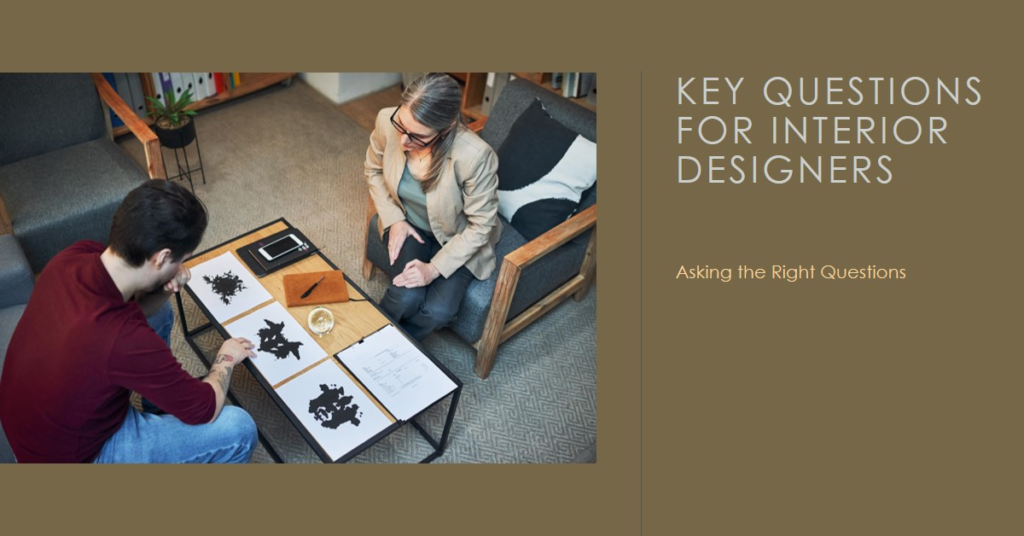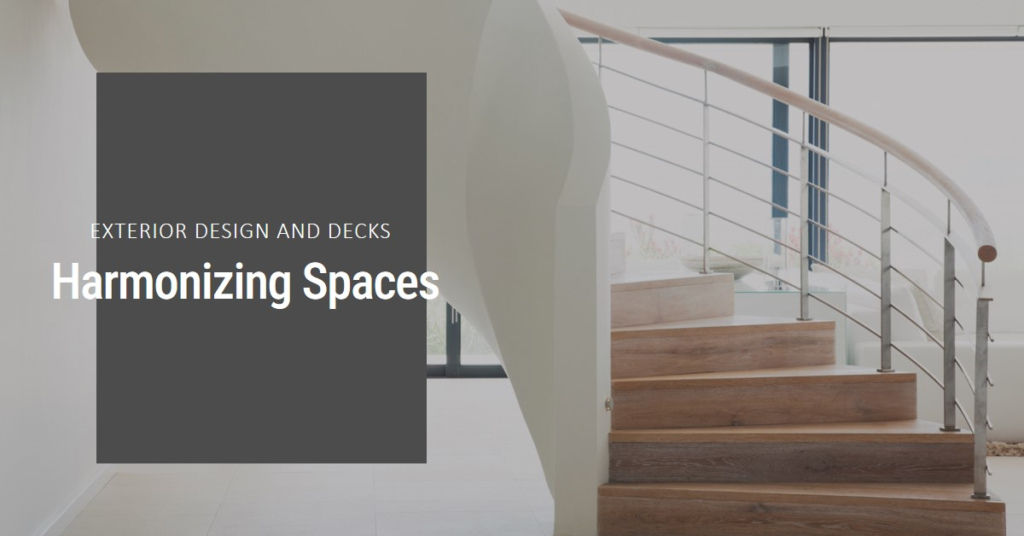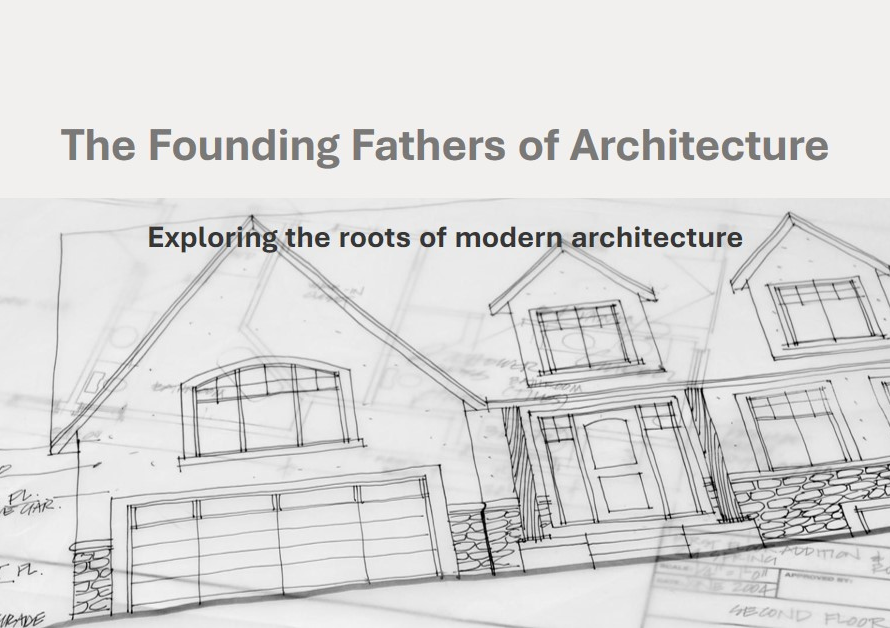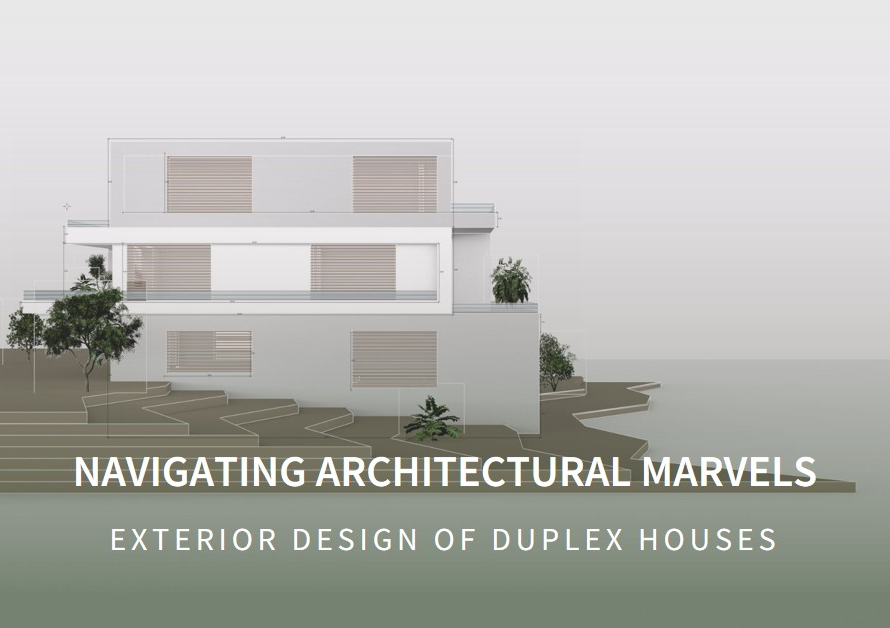
Table of Contents
- Introduction: The Foundation of Effective Interior Design
- Understanding the Client’s Vision
- Lifestyle and Functionality
- Budget and Timeline
- Preferences and Inspirations
- Space and Layout Considerations
- Personal and Emotional Connections
- Environmental and Sustainability Considerations
- Collaboration and Communication
- Conclusion: Crafting Personalized and Effective Designs
Introduction: The Foundation of Effective Interior Design
Interior Design – Creating a cohesive and aesthetically pleasing interior space requires more than just a keen eye for design. It demands a deep understanding of the client’s needs, preferences, and lifestyle. As interior designers, the ability to ask the right questions can make the difference between a good design and an exceptional one. This article explores the essential questions interior designers should ask their clients to ensure a successful and satisfying design process.
Understanding the Client’s Vision
What is Your Overall Vision for the Space?
The first and most crucial question to ask any client is about their overall vision for the space. This question sets the stage for the entire design process. It allows the designer to understand the client’s dreams and aspirations for their space.
By discussing the client’s vision, designers can gather insights into their aesthetic preferences, whether they lean towards modern, traditional, minimalist, or eclectic styles. This conversation also helps to establish a common ground and ensure that both parties are aligned from the outset.
How Do You Want the Space to Feel?
Equally important is understanding how the client wants the space to feel. This question goes beyond mere aesthetics and delves into the emotional and psychological impact of the design.
Clients might desire a space that feels cozy, vibrant, serene, or sophisticated. By identifying these emotional goals, designers can select colors, textures, and materials that evoke the desired feelings, creating a more personalized and impactful design.
Lifestyle and Functionality
How Do You Plan to Use This Space?
Functionality is a key aspect of interior design. Knowing how the client plans to use the space informs decisions on layout, furniture selection, and materials. This question is essential for both residential and commercial projects.
For instance, a living room intended for entertaining guests will have different requirements compared to one meant for quiet family time. Similarly, an office space designed for collaborative work will differ from one intended for individual tasks. Understanding the intended use ensures the space is not only beautiful but also practical and functional.
What Are Your Daily Routines?
Understanding the client’s daily routines can provide valuable insights into their functional needs. This question helps designers create spaces that seamlessly integrate with the client’s lifestyle.
For example, a busy family may need a highly organized kitchen with ample storage and durable surfaces, while a professional who works from home might require a dedicated and ergonomically designed workspace. Tailoring the design to fit daily routines ensures the space supports the client’s lifestyle.
Budget and Timeline
What is Your Budget for This Project?
Discussing the budget early on is crucial for setting realistic expectations and avoiding misunderstandings later in the process. This question allows the designer to gauge the scope of the project and make informed decisions about materials, furnishings, and labor costs.
A clear understanding of the budget helps in prioritizing elements that are most important to the client and finding cost-effective solutions that do not compromise on quality or aesthetics. Transparent communication about the budget can also prevent potential conflicts and ensure a smoother design process.
What is Your Desired Timeline for Completion?
The timeline is another critical factor that influences the design process. Understanding the client’s deadline helps in planning and scheduling the various phases of the project.
Some clients may have a flexible timeline, while others might have a specific date in mind due to events like moving into a new home or opening a business. Knowing the timeline allows designers to allocate resources efficiently and ensure timely delivery of the project.
Preferences and Inspirations
Do You Have Any Inspirations or Reference Images?
Clients often have inspirations or reference images that reflect their tastes and preferences. Asking for these references can provide a clearer picture of the client’s style and expectations.
Reference images can include anything from photos of spaces they love, mood boards, or even specific pieces of furniture or art. These visuals serve as a valuable guide for designers, helping to translate the client’s abstract ideas into a concrete design plan.
What Colors and Materials Do You Prefer?
Color and material preferences play a significant role in creating a cohesive design. This question helps designers understand the client’s likes and dislikes, ensuring that the final design resonates with their personal taste.
Some clients might prefer a neutral palette with natural materials, while others might be drawn to bold colors and innovative textures. Understanding these preferences early on helps in making informed choices and creating a harmonious design that reflects the client’s personality.
Space and Layout Considerations
Are There Any Existing Elements You Want to Keep?
Clients may have existing elements in their space that they wish to retain, such as furniture, artwork, or architectural features. Identifying these elements early on helps in integrating them seamlessly into the new design.
Retaining certain elements can also add a sense of continuity and familiarity to the space. By understanding what the client wants to keep, designers can create a design that respects and enhances these existing features.
What Are Your Spatial and Layout Preferences?
Every client has different spatial and layout preferences, influenced by their lifestyle and personal taste. This question helps designers understand how the client envisions the flow and organization of their space.
Some clients might prefer an open-plan layout for a more social and interactive environment, while others might want distinct, separate areas for different functions. Understanding these preferences ensures the design meets the client’s practical needs and enhances the overall functionality of the space.


Personal and Emotional Connections
Do You Have Any Personal Items You Want to Highlight?
Personal items such as family heirlooms, travel souvenirs, or cherished artworks often hold sentimental value for clients. Asking about these items can help in creating a design that reflects the client’s identity and personal history.
Incorporating personal items into the design adds a layer of meaning and uniqueness to the space. It also helps in creating a more personalized and emotionally resonant environment for the client.
What Makes You Feel Comfortable and At Home?
Understanding what makes a client feel comfortable and at home is essential for creating a space that truly resonates with them. This question goes beyond aesthetics and touches on the sensory and emotional aspects of design.
Clients might feel at home with specific textures, lighting conditions, or even scents. By identifying these comfort factors, designers can create a space that not only looks beautiful but also feels inviting and nurturing.
Environmental and Sustainability Considerations
How Important is Sustainability to You?
Sustainability has become a significant consideration in modern interior design. Asking about the client’s stance on sustainability can help in selecting eco-friendly materials and practices that align with their values.
Clients who prioritize sustainability might prefer materials that are recycled, renewable, or sourced responsibly. Understanding the client’s environmental priorities ensures the design is not only stylish but also ethical and sustainable.
Are You Open to Using Innovative and Sustainable Solutions?
Many clients are interested in incorporating innovative and sustainable solutions into their design but might need guidance on how to do so. This question helps in gauging the client’s openness to new ideas and technologies.
Innovative solutions can include energy-efficient lighting, smart home systems, and sustainable building materials. By discussing these options, designers can create a forward-thinking design that meets the client’s needs while also being environmentally responsible.
Collaboration and Communication
How Do You Prefer to Communicate During the Project?
Effective communication is key to a successful design project. Understanding the client’s preferred communication style and frequency can help in managing expectations and ensuring smooth collaboration.
Some clients might prefer regular updates and meetings, while others might be more hands-off. Establishing a clear communication plan from the outset helps in maintaining transparency and keeping the project on track.
What Are Your Expectations for Collaboration?
Each client has different expectations for their involvement in the design process. Some might want to be highly involved, while others might prefer to leave most decisions to the designer.
Clarifying these expectations helps in establishing a collaborative relationship that respects the client’s preferences and ensures their vision is accurately reflected in the final design. It also helps in avoiding potential conflicts and misunderstandings.
Conclusion: Crafting Personalized and Effective Designs
Asking the right questions is fundamental to the success of any interior design project. By understanding the client’s vision, lifestyle, budget, preferences, and expectations, designers can create spaces that are not only beautiful but also functional and personalized. Effective communication and a client-centered approach are key to unlocking the full potential of a design project, ensuring that the final result exceeds the client’s expectations and creates a lasting impact.


